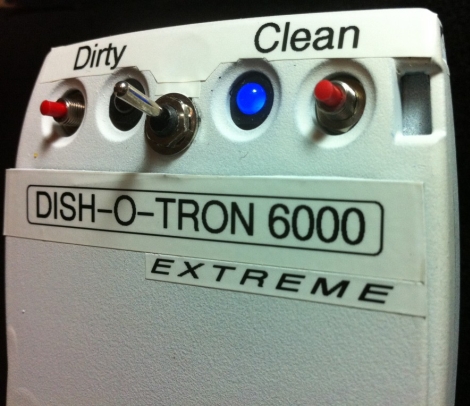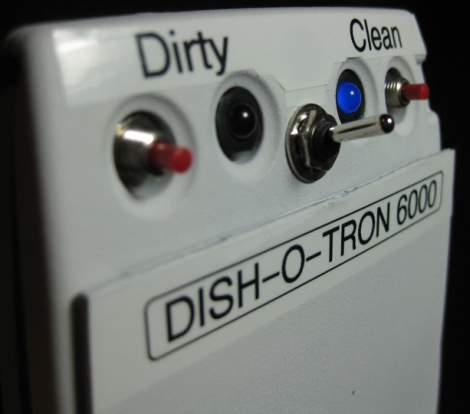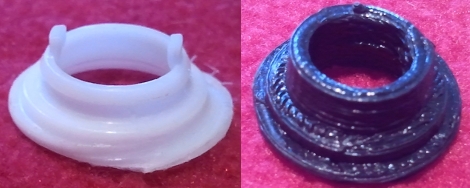
For several years, [Randy]’s spray paint booth was a simple cardboard box. Sure, it kept the overspray contained to a small area, but there was a lot of room for improvement. Luckily, after replacing his dishwasher he had the makings of an excellent spray paint booth that can be put together in a few hours.
The build began by tearing apart the old dishwasher and getting rid of just about everything; the door, plumbing, and electrical were all discarded leaving [Randy] with a plastic husk. After installing a small fluorescent light, plugging the drain hole, and making a simple lazy Suzan, [Randy] had a proper spray booth on his hands.
[Randy] opted not to put in a ventilation system; he was, after all, working with non-toxic vapors. If you’re planning on gutting a dishwasher for use with some nasty chemicals, it might be a good idea to use the drain hole as a ventilation port.















